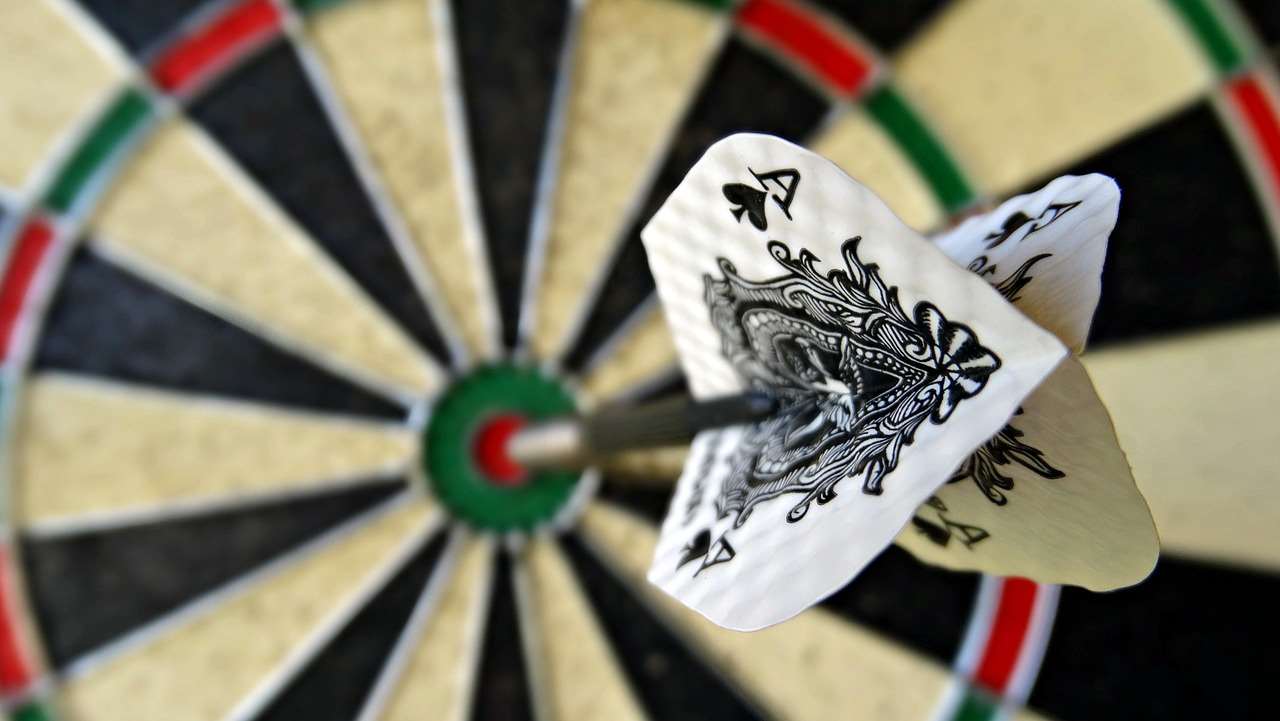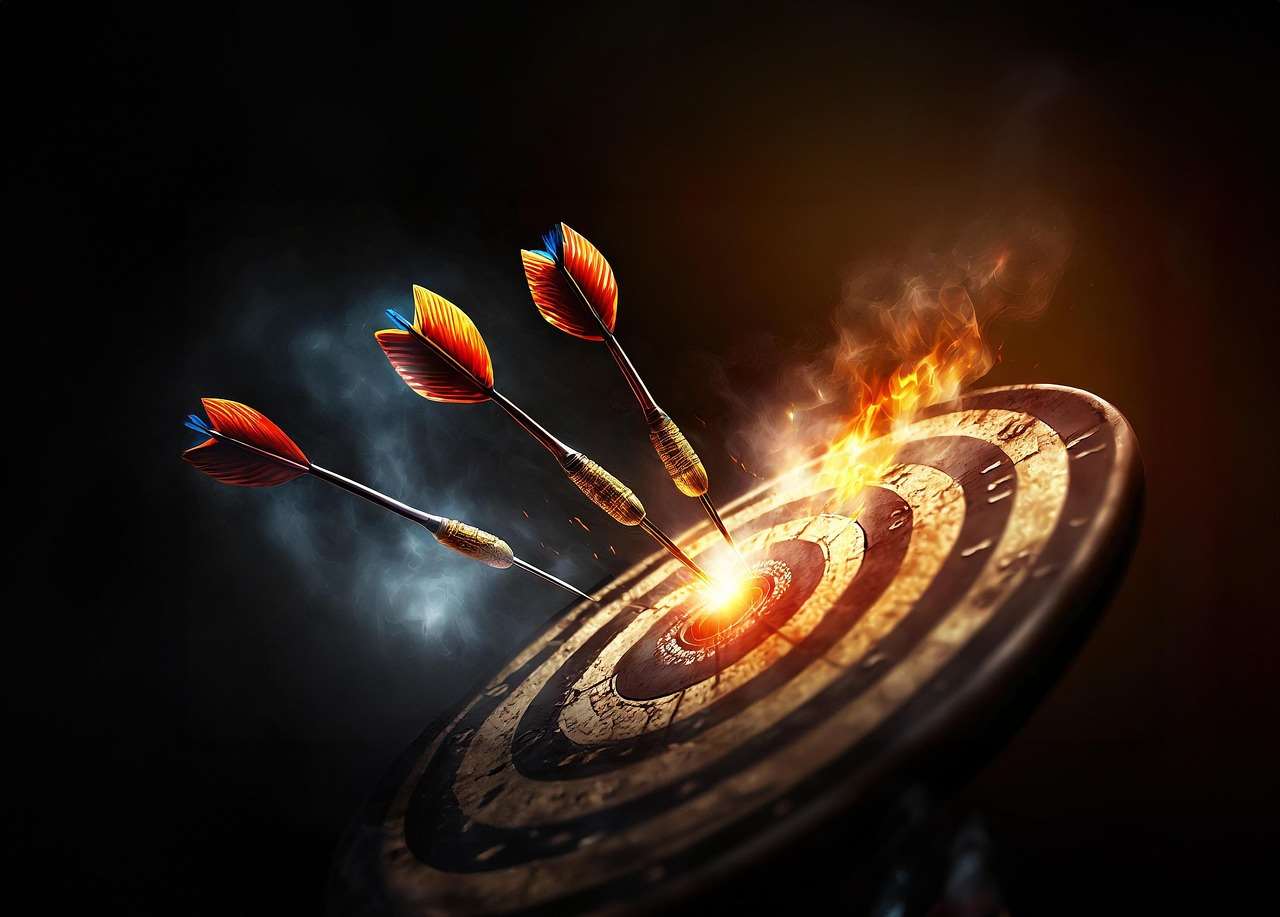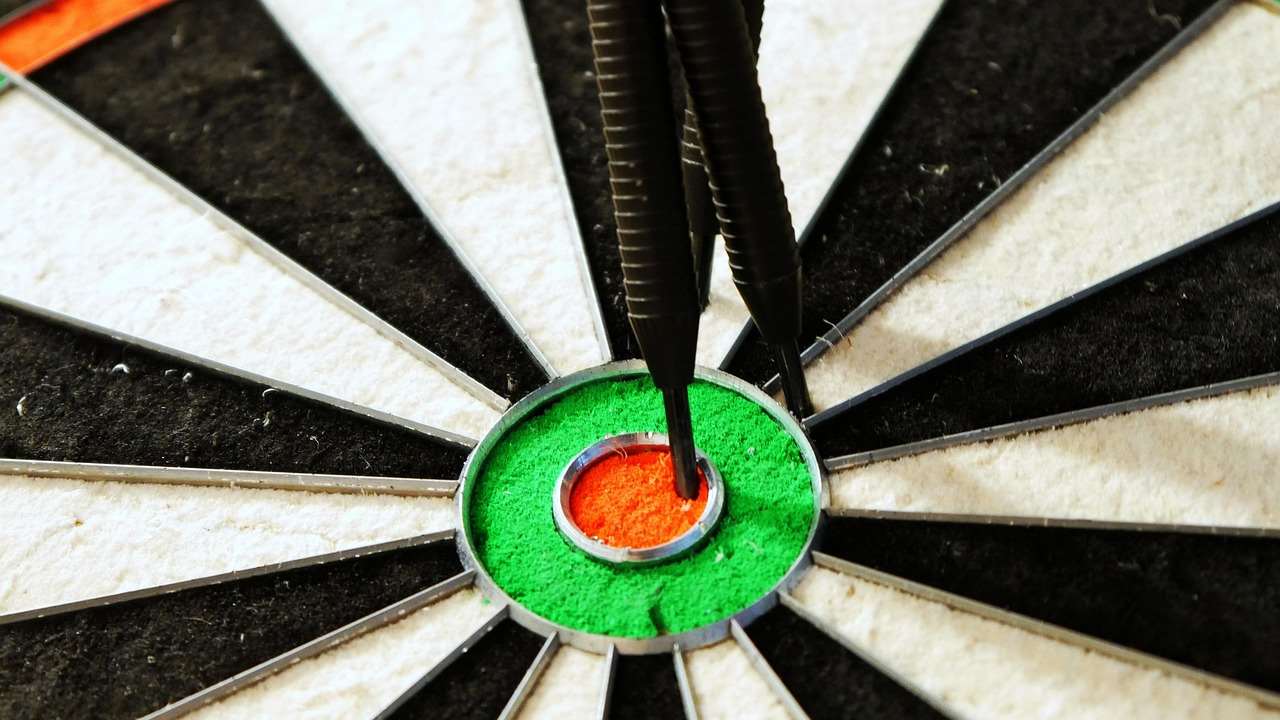Understanding the oche foot fault rules is crucial for fair play and consistent scoring in darts. This article breaks down everything you need to know about staying legal at the oche, from basic regulations to common violations, ensuring you avoid penalties and maintain your game’s integrity. We’ll explore the official rules, offer practical advice, and clarify frequently asked questions about foot placement.
⚠️ Still Using Pen & Paper (or a Chalkboard)?! ⚠️
Step into the future! The Dart Counter App handles all the scoring, suggests checkouts, and tracks your stats automatically. It's easier than you think!
Try the Smart Dart Counter App FREE!Ready for an upgrade? Click above!
Oche Foot Fault Rules Explained: A Comprehensive Guide
The oche, the line behind which a dart player must stand to throw, is a fundamental part of the darts setup. The rules governing foot placement while throwing, known as the oche foot fault rules explained, are designed to ensure fairness and prevent players from gaining an unfair advantage by getting closer to the dartboard. Let’s delve into the specifics.

The Basic Rule: No Crossing the Oche
The core principle is simple: you must not cross the oche while releasing your dart. This means no part of your foot, including your toes, heel, or shoe, can extend beyond the edge of the oche closest to the dartboard during your throw. However, there is a degree of freedom – you’re allowed to lean forward past the oche, as long as your feet remain behind it until the dart leaves your hand.
Understanding Acceptable Foot Positions
While crossing the oche is prohibited, the rules offer some flexibility in foot placement. Understanding these nuances can help you maintain your balance and throwing consistency while adhering to the oche foot fault rules explained.
Allowed Foot Placement Options
- Standing Behind the Oche: This is the most common and straightforward approach. Both feet remain entirely behind the oche.
- Standing to the Side: You can position yourself to either side of the oche, as long as you don’t cross it. This can be useful for players who prefer a wider stance. Remember to check out Basic Darts Fundamentals for Beginners for more tips on stance and setup.
- Touching the Oche: You are allowed to touch the oche with your foot, but not to cross it. Many players find this a comfortable way to gauge their distance.

Common Oche Foot Fault Violations
Even experienced players can occasionally commit foot faults. Awareness of common violations can help you avoid these mistakes and maintain a legal throw. Being conscious of your dart throwing stance will help avoid any violations.
Types of Foot Faults to Avoid
- The Cross-Over: This occurs when any part of your foot extends beyond the front edge of the oche while releasing the dart.
- The Toe Tap: A subtle but often overlooked violation. Even a slight tap of your toe over the line during your throw constitutes a fault.
- The Slide: If you slide your foot forward and over the oche during your throw, it’s a foot fault, even if you initially started behind the line.
Consequences of a Foot Fault
If a foot fault occurs, the dart thrown is considered a **foul dart**. The score for that dart does not count and it is removed from the board. In competitive play, an opponent or a referee will typically call the fault. If you are new to the game, consider Adapting darts rules for beginners to make the game more accessible.
Tips for Avoiding Oche Foot Faults
Preventing foot faults is about developing good habits and maintaining awareness during your throw. Here are some practical tips to help you stay behind the line.
Practical Tips and Techniques
- Practice Your Stance: Dedicate time to practicing your stance and foot placement. This will help you develop muscle memory and ensure consistent adherence to the rules.
- Use Visual Cues: Utilize markers on the floor to guide your foot placement. This can be particularly helpful during practice sessions.
- Record Yourself: Filming your throws can reveal subtle foot movements that you might not be aware of.
- Be Mindful Under Pressure: In the heat of competition, it’s easy to lose focus. Consciously remind yourself to check your foot placement before each throw.

The Oche in Different Darts Organizations and Rulesets
While the fundamental oche foot fault rules explained remain consistent across most darts organizations, there may be slight variations in enforcement or interpretation. It’s always wise to familiarize yourself with the specific ruleset of the competition you’re participating in.
Variations in Enforcement and Interpretation
Some organizations might be stricter than others regarding minor foot faults. Professional events typically have referees who closely monitor foot placement. In casual games, the players themselves are usually responsible for enforcing the rules. If you are playing with kids, think about Adapting dart game rules for children to make things easier.

Frequently Asked Questions About Oche Foot Faults
Here are answers to some common questions about the oche foot fault rules explained, helping clarify any lingering doubts.
Addressing Common Concerns
- Can I lean past the oche? Yes, you can lean forward as long as your feet remain behind the oche until the dart is released.
- What happens if I accidentally touch the oche with my foot? Touching the oche is permissible; crossing it is not.
- Is it a foot fault if my foot slips after I release the dart? No, the rule applies only to foot placement *during* the throw.
- Can I stand on a raised platform behind the oche? Yes, as long as the platform is positioned entirely behind the oche.
The Importance of Fair Play and Rule Adherence
Adhering to the oche foot fault rules is not just about avoiding penalties; it’s about upholding the spirit of fair play and maintaining the integrity of the game. By respecting the rules, you contribute to a positive and competitive environment for all players.

Remember that the **oche** exists to ensure that all players are throwing from roughly the same distance. By violating these rules, you would effectively be How to make darts fairer with handicap rules in reverse, giving yourself an unintended advantage.
Conclusion
Mastering the oche foot fault rules explained is essential for any serious dart player. By understanding the regulations, practicing good foot placement, and maintaining awareness during your throws, you can avoid costly penalties and ensure fair play. Remember the key takeaways: no crossing the oche during your throw, utilize allowed foot positions strategically, and be mindful of common violations. Now that you know the rules, head to the oche and practice your game! Consider joining a local darts league to hone your skills and put your knowledge to the test.
Hi, I’m Dieter, and I created Dartcounter (Dartcounterapp.com). My motivation wasn’t being a darts expert – quite the opposite! When I first started playing, I loved the game but found keeping accurate scores and tracking stats difficult and distracting.
I figured I couldn’t be the only one struggling with this. So, I decided to build a solution: an easy-to-use application that everyone, no matter their experience level, could use to manage scoring effortlessly.
My goal for Dartcounter was simple: let the app handle the numbers – the scoring, the averages, the stats, even checkout suggestions – so players could focus purely on their throw and enjoying the game. It began as a way to solve my own beginner’s problem, and I’m thrilled it has grown into a helpful tool for the wider darts community.